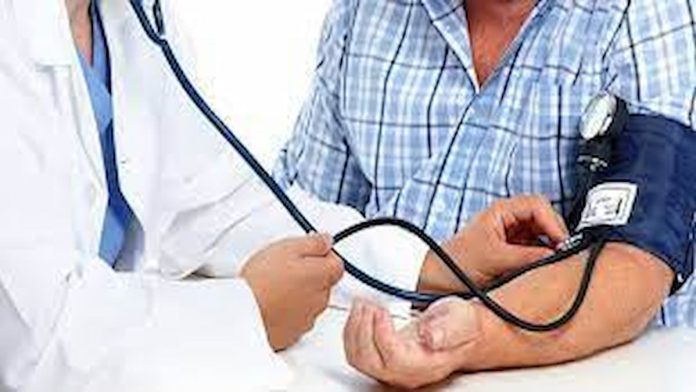Hypertension is a worldwide significant factor in early mortality. Due to non-diagnosis and non-treatment, sadly, few people are aware that they have the condition.
The World Health Organization (WHO) aids nations in their efforts to lessen hypertension as a problem with public health.
This article offers evidence-based recommendations for the start of hypertension treatment as well as suggested follow-up intervals. This article also specifies the target blood pressure that must be maintained for control and who in the healthcare system may begin treatment.
In September 2016, the Global Hearts Initiative, which consists of the HEARTS technical package, was launched by WHO and the United States Centers for Disease Control and Prevention (U.S. CDC) to assist governments in improving the prevention and control of the cardiovascular disease.
The HEARTS technical package has six packages such as Healthy-lifestyle counseling, Evidence-based treatment protocols, Access to essential medicines and technology, Risk-based management, Team-based care, and Monitoring Systems. They offer a strategic approach to improving cardiovascular health in countries around the world.
To help national governments carry out the Global Hearts Initiative, WHO and Resolve partnered in September 2017 to Save Lives through program of Vital Strategies.
According to studies, about 40% of people in Nigeria have hypertension. There are more than 80 million hypertensive people in Nigeria. Urban areas have a higher prevalence of this condition.
A diagnosis of hypertension is made when the blood pressure is measured on two different days, the systolic and/or diastolic readings are both below 140 millimeters of mercury.
Two numbers represent the blood pressure. When the heart contracts or beats, blood vessels experience pressure, which is represented by the first number (systolic). The second number (diastolic) indicates the pressure in the blood vessels between heartbeats.
Although it is common when the pressure in your blood vessels is excessively high (140/90 mmHg or higher) but if untreated, it can be dangerous.
Those who have high blood pressure might not experience any symptoms. You can only find out by having your blood pressure checked.
Risk factor
High blood pressure risk factors include the following:
1. Unhealthy diets (excessive salt intake, diets high in saturated and trans fats, low intake of fruits and vegetables), physical inactivity, use of tobacco and alcohol, and being overweight or obese are among the risk factors that can be changed.
2. Family history of hypertension, being older than 65, and having additional illnesses like diabetes or kidney disease are all non-modifiable risk factors.
Symptoms
Finding out if you have high blood pressure is best done by checking your blood pressure. Other medical conditions like kidney disease, heart disease, and stroke can develop as a result of untreated hypertension.
The following symptoms can be present in people with extremely high blood pressure (typically 180/120 or higher):
Extreme headaches, chest pain, dizziness, trouble breathing, nausea, vomiting, blurred or other vision changes, anxiety, confusion, buzzing in the ears, nosebleeds, and abnormal heart rhythms can all be signs of very high blood pressure.
You should seek medical attention right away if you experience any of these symptoms.
A medicine expert must take your blood pressure to diagnose hypertension. It takes only a few minutes and causes no discomfort to take your blood pressure. Although people can measure their blood pressure using automated devices, a professional assessment is necessary to determine risk and any associated conditions.
Treatment
A lifestyle change can help lower high blood pressure, these are:
Eating a low-salt diet, losing weight, being physically active, and quitting smoking are all good ways to start the lifestyle change.
Your doctor might suggest one or more medications if you have high blood pressure. Depending on any additional medical issues you may have, your recommended blood pressure target may change.













